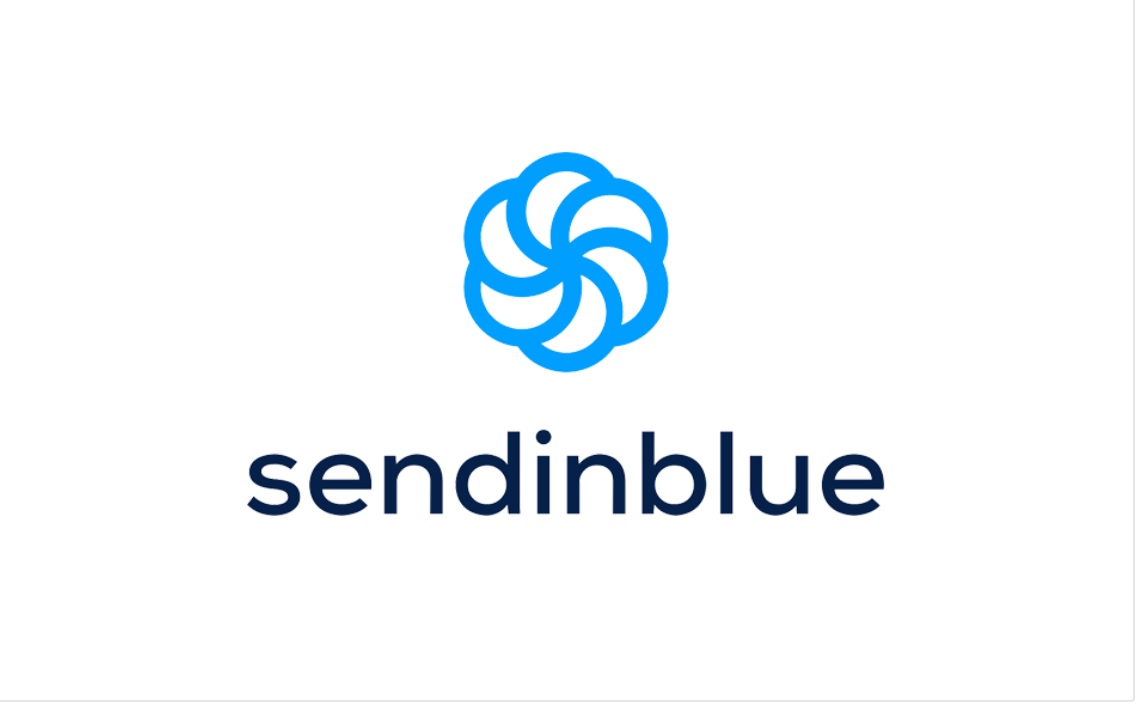As a sales professional, email prospecting can be a crucial part of your business strategy. However, with the number of emails flooding inboxes every day, how do you ensure your message stands out and is effective? In this guide, I’ll cover everything you need to know to write the perfect sales lead email , from understanding your target audience to measuring the success of your sales campaigns.
Benefits of Effective Email Prospecting
Prospecting email has several advantages for e-commerce professionals. First of all, it makes it possible to reach a large number of hot prospects quickly and efficiently. Second, it’s a cost-effective way to generate leads and build relationships with potential new customers. Finally, prospecting email can help you establish yourself as a thought leader in your industry, which can build trust and credibility with your potential future customers.
However, to take advantage of these advantages, it is important to write effective sales prospecting emails . This involves understanding your target audience, crafting an attention-grabbing subject line, and crafting a compelling message that directly addresses your potential customers’ needs and pain points.
Understand your target audience
The first step to effective email prospecting is to understand your target audience. To do this, you need to research your potential future customers and identify their challenges, needs, and interests. This will allow you to tailor your message to their specific needs and increase the chances of them engaging with your email.
One way to understand your target audience is to create buyer profiles. Buyer personas are fictional representations of your ideal customers, based on real data and research. They include information such as demographics, interests, pain points and shopping habits. By creating buyer personas, you can ensure that your message resonates with your target audience and increases the chances of them taking action.
Write an attention-grabbing subject line
The subject line is the first thing your prospects will see when they receive your email. It is therefore essential to write a subject line that grabs attention and encourages recipients to open your message.
There are several tips for writing effective subject lines for good sales leads . First, keep it short and sweet – don’t exceed 50 characters. Second, make it personal – use the recipient’s name or refer to something unique to them. Third, create a sense of urgency – use language that implies the hot prospect will miss something if they don’t open your email. By following these tips, you will increase the chances that your prospecting email will be opened and read.
Send targeted sales prospecting emails using behavioral segmentation
Behavioral segmentation involves dividing your existing customer portfolio into groups based on their behavior, such as past purchases or website activity. This allows you to send targeted b2b prospecting emails tailored to the specific interests and needs of each group.
For example, if a prospect has already purchased a product from your company, you can send them an email promoting a related product or service. Also, if a prospect visited your website but didn’t make a purchase, you can send them an email to follow up, offer them a discount, or offer them a free trial.
By sending targeted commercial prospecting emails, you increase the chances that your message will resonate with your prospects and generate future customers.
Write the body of your email
The body of your email is where you’ll deliver your message and persuade your potential customers to take action. There are several tips for writing an effective email. First, keep it concise – don’t go over three paragraphs. Second, focus on benefits rather than features – explain how your product or service will solve the prospect’s problems. Third, use social proof – include testimonials or case studies that demonstrate the value of your offering.
Also, it is important to use a conversational tone and avoid jargon or complex language. This will increase the chances that your prospects will engage with your message and take action.
Personalization and adaptation
Personalization and adaptation are key to effective email prospecting. It’s about tailoring your message to each prospect’s specific needs and interests. One way to do this is to use dynamic content, which allows you to personalize your email content based on recipient behavior or demographics.
For example, if a prospect has expressed interest in a particular product or service, you can include information about that product or service in the body of your message. Additionally, if a prospect is in a specific geographic region, you can include information about events or promotions in their region.
By personalizing and tailoring your message to each prospect, you increase the chances that they will engage with your email and take action.
Add a clear call to action
The call to action is the part of your email message where you ask the prospect to take action, such as clicking a link or filling out a form. It’s important that your call to action is clear and compelling, so the prospect understands what action you want them to take and why they need to take it.
There are several tips for writing effective CTAs. First, use action-oriented language – use verbs like “click”, “download” or “register”. Second, create a sense of urgency – use language that implies the prospect will miss something if they don’t take action. Third, make it easy – include a clear, visible button that takes the prospect directly to the desired action.
By adding a clear and compelling CTA, you increase the chances that your prospects will take action and move up the sales funnel.
Best Practices for Email Prospecting
There are several email prospecting best practices that can help you maximize the effectiveness of your campaigns. First, segment your email list – divide your list into groups based on behavior or demographics, and send targeted emails to each group. Second, do A/B testing – test different subject lines, different copy, and different CTAs to see what works best for your audience. Third, track your results – monitor the success of your campaigns and adjust your strategy accordingly.
Also, it’s important to follow email best practices, such as using a professional email address, not using spam trigger words, and including an unsubscribe link.
Email prospecting tools
There are several email prospecting tools that can help you streamline your campaigns and increase their effectiveness. Here are a few :
- Email automation software, such as Mailchimp or Hubspot, which allows you to send targeted emails based on behavior or demographics.
- Customer relationship management (CRM) software, such as Salesforce or Zoho, which allows you to track and manage your potential customers.
- Email tracking software, such as Yesware or Hubspot Sales, that allows you to track opens, clicks, and replies to your emails.
By using these tools, you can save time and energy, while increasing the effectiveness of your email prospecting campaigns.
Measure the success of your email campaigns
It is important to measure the success of your e-mailing campaigns, in order to adjust your strategy and improve your results. There are several key metrics to track, including
- Open rate – the percentage of recipients who opened your email.
- Click-through rate – the percentage of recipients who clicked on a link in your email.
- Conversion rate – percentage of recipients who took the desired action, such as filling out a form or making a purchase.
Tracking these metrics helps you identify what’s working and what’s not, and adapt your strategy accordingly.
Common Mistakes to Avoid in Email Prospecting
Sales professionals make several common mistakes in email prospecting. Here are a few :
- Send generic emails that are not tailored to each prospect’s specific needs and interests.
- Using overly formal or jargon-like language that is difficult for prospects to understand.
- Too much emphasis on features rather than benefits.
- Using a weak or unclear CTA that doesn’t inspire prospects to take action.
By avoiding these mistakes, you can increase the effectiveness of your email prospecting campaigns and generate more leads.
Conclusion
Email prospecting can be a powerful tool for e-commerce professionals, but it requires careful planning and execution to be effective. By understanding your target audience, writing an attention-grabbing subject line, sending targeted sales prospecting emails, and measuring the success of your campaigns, you can maximize the effectiveness of your prospecting email efforts. . By following best practices and avoiding common mistakes, you can use a CRM system like SoContact to create and manage your prospecting file and start generating new business opportunities and generate more leads and establish stronger business strategies with your potential customers.
Why is writing a prospecting email important?
How to personalize a prospecting email?
When is the best time to send a prospecting email?
How to structure a prospecting email?
What are the key elements to include in a prospecting email?
How to measure the effectiveness of a prospecting email?










